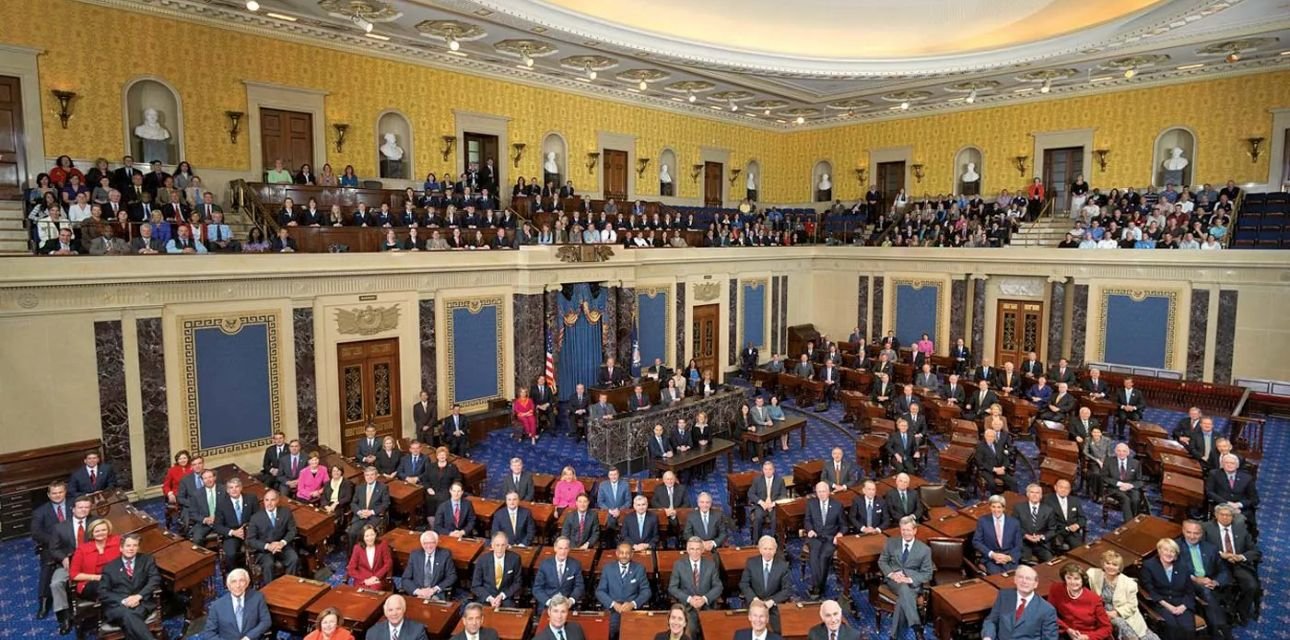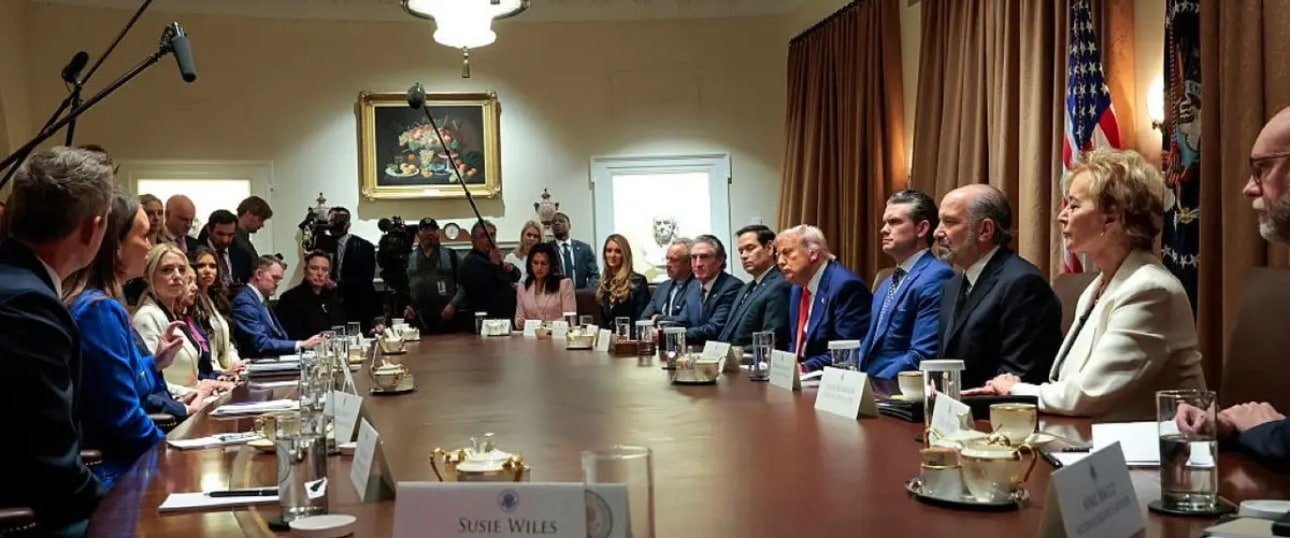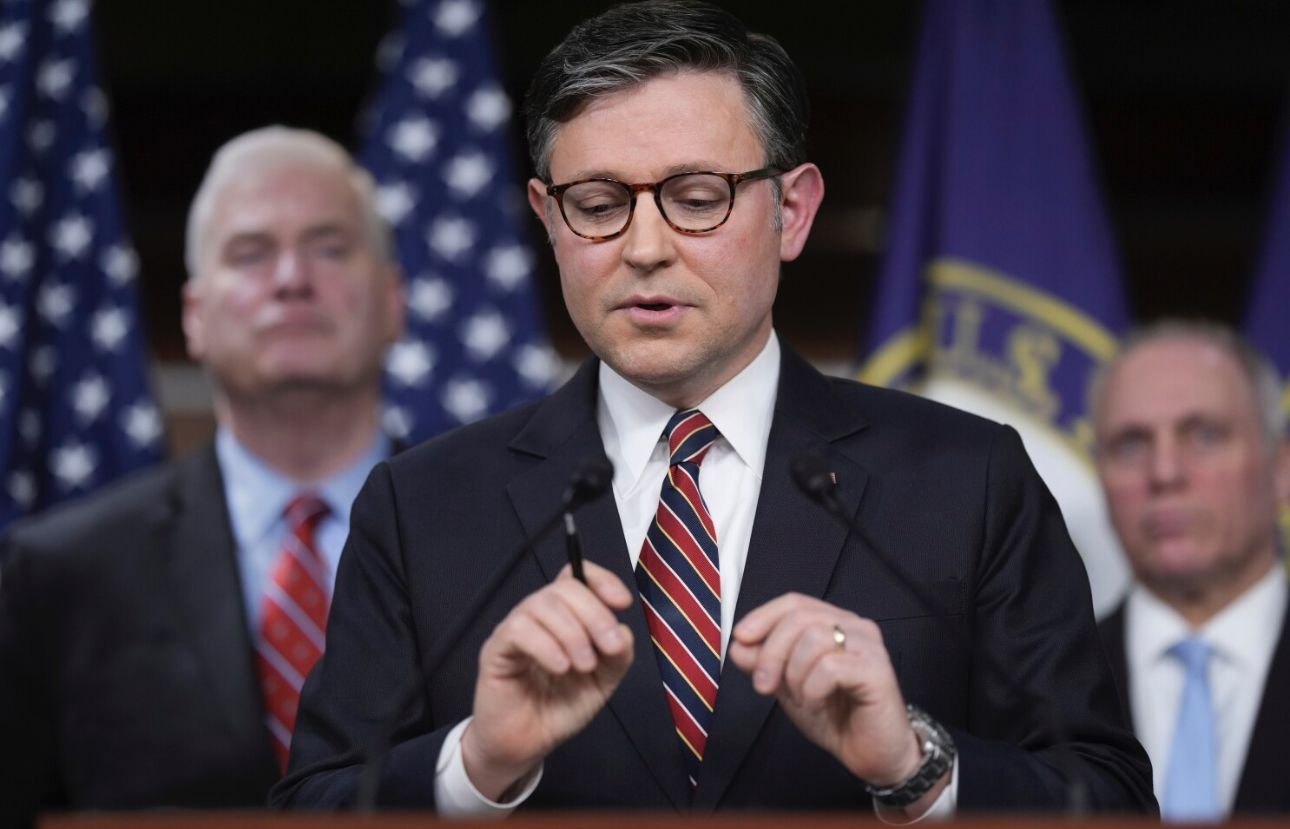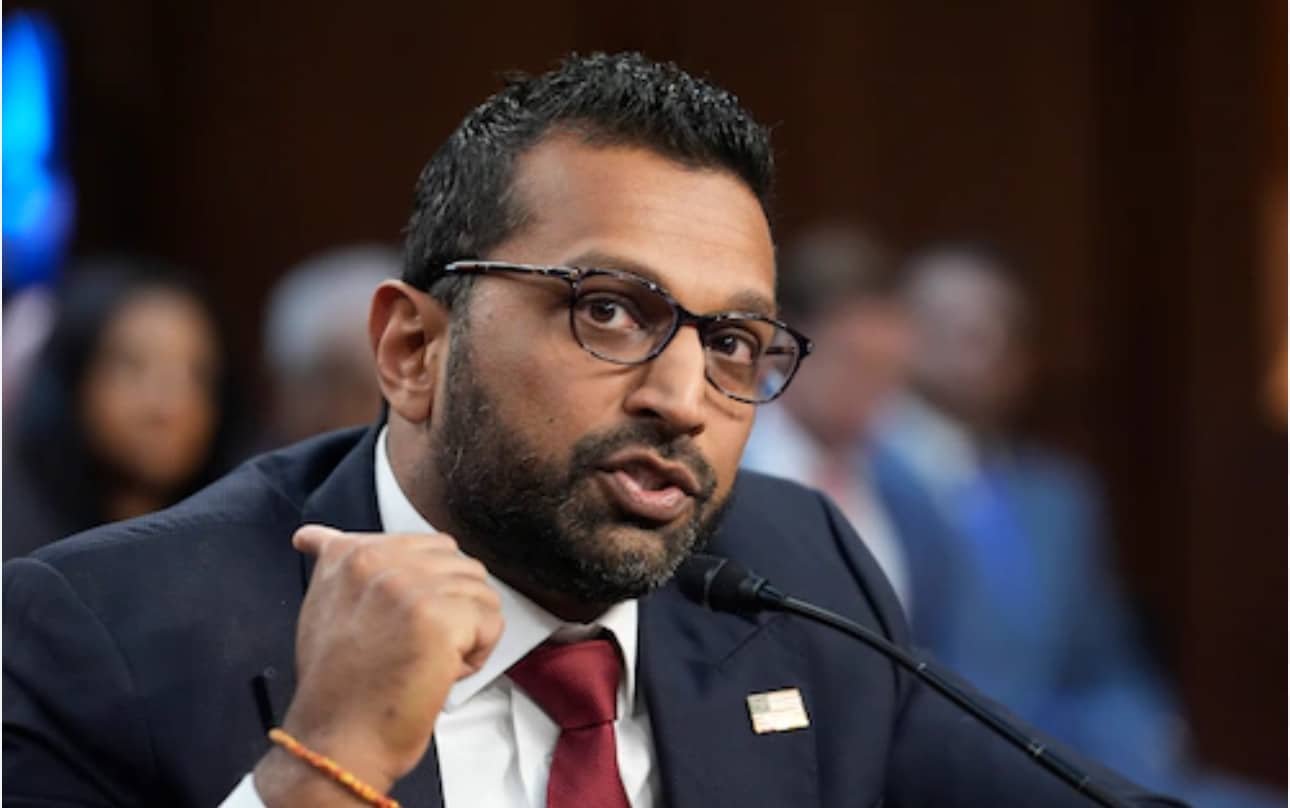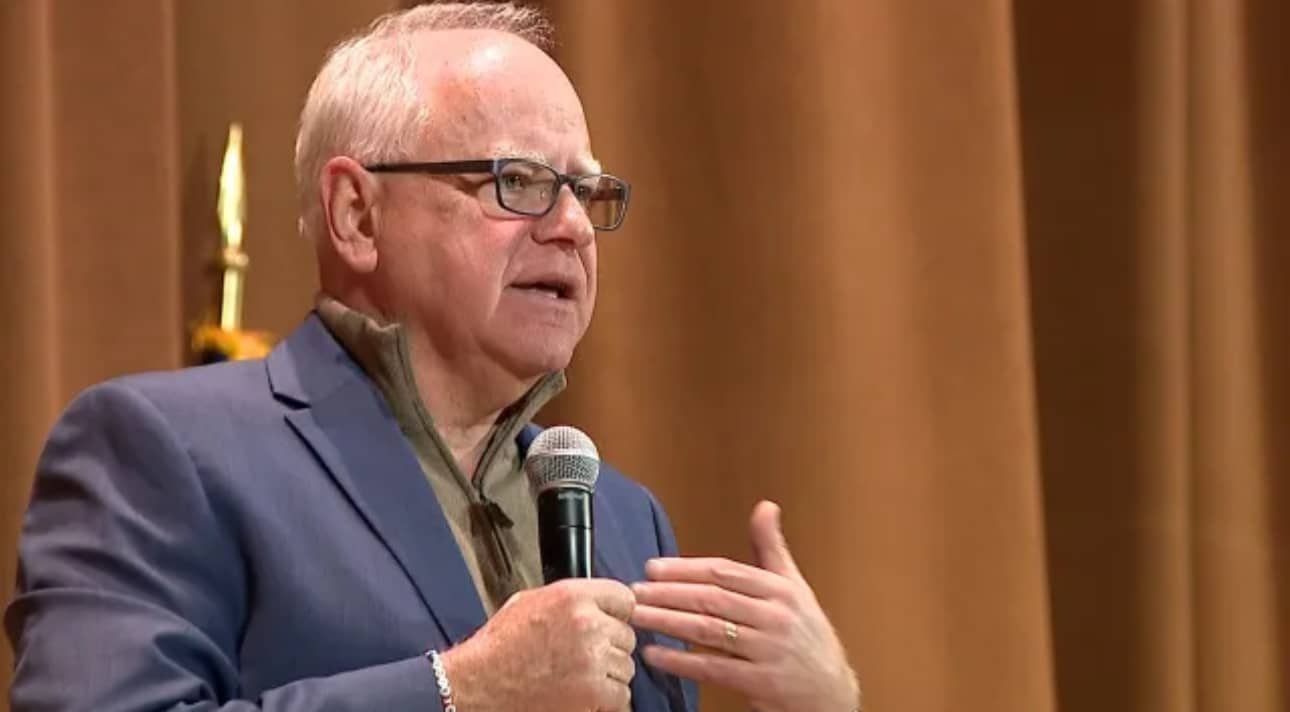What Does a U.S. Senator Represent?
The U.S. Senate is a key part of American government, set up by the Constitution. It ensures each state has a voice, with two senators for every state. This means all 100 senators bring different views to the table.
Senators work for six years, with their terms staggered. This helps keep the Senate stable. They also have special powers, like approving presidential picks and trying impeachments. These roles are crucial for making laws and guiding the country.
Key Takeaways
- U.S. Senators represent their states to ensure balanced federal legislation.
- Each state is guaranteed two senators, regardless of size or population.
- Senators serve staggered six-year terms to promote governance continuity.
- Senatorial powers include treaty ratification and impeachments.
- There are currently 53 Republican and 47 Democratic or Independent senators.
The Role of a U.S. Senator
U.S. senators play a key role in the country’s politics. They have big responsibilities that affect both state and national policies. They serve their states and help shape the country’s laws.
Their work in Congress is crucial. They help make laws and work on committees. This makes Congress work well.
Definition and Purpose
Senators are chosen by their states to represent them. The Constitution says each state gets two senators for six years. This way, every state has an equal voice.
Senators do more than just represent their states. They help make laws, check on the government, and solve big problems. They work on both local and national issues.
Key Responsibilities
Senators have important jobs that affect our lives. Some of their main tasks are:
- They introduce and vote on laws that solve big problems.
- They work on committees that watch over areas like money, foreign relations, and justice.
- They talk and debate to get support for important laws.
- They speak up for their state in national matters, making sure everyone’s voice is heard.
Senators have a lot of power to make policies. They work on things like healthcare, education, and building projects. Their job is vital to our democracy.
Who Does a U.S. Senator Represent?
U.S. senators are key figures in representing their state’s people. They cover individual citizens, local governments, organizations, and businesses. This role is crucial for tackling the varied needs of each state.
Senators work to support different groups while handling local, state, and national issues. This balancing act is essential for effective representation.
Constituents and Their Interests
Senators face the challenge of balancing state needs with national goals. They represent a wide range of people, from 0.6 million to 39 million per senator. This diversity requires them to consider many factors, like demographics and the economy.
Building trust with constituents is key. Senators must engage with them to ensure their voices are heard.
Factors Influencing Representation
Several elements shape how senators represent their constituents. Political party affiliation is a big factor. For example, the 119th Congress saw Republicans holding 53 seats, while Democrats and Independents had 47.
This split influences the policies senators focus on. Issues like ethnic diversity and gender also play a role. They show the need for inclusive governance to meet everyone’s needs.
| Category | Data |
|---|---|
| Majority Party | Republicans (53 seats) |
| Minority Party | Democrats (45 seats) |
| Independent Senators | 2 seats |
| Senators per State | 2 |
| Population Represented per Senator | 0.6 million to 39 million |
| Current Senate Composition | 53 Republicans, 47 Democrats (including 2 Independents) |
Senatorial Responsibilities in Legislation
U.S. Senators play a key role in making federal policy. They represent their states and work on Senate legislation. They propose, amend, and vote on bills that affect the nation.
They also debate and discuss big issues that matter to their constituents.
Legislative Duties and Powers
Senators have a lot of power to shape decisions. They are responsible for:
- Drafting and sponsoring bills.
- Participating in committee work that scrutinizes proposed legislation.
- Voting on bills, nominations, and treaties.
- Engaging in oversight of the executive branch and federal agencies through investigations.
- Confirming presidential appointments, including federal judges.
The Senate has the power to approve treaties with a two-thirds vote. This shows their big role in foreign affairs. It also helps prevent the president from acting alone.
Collaboration with the House of Representatives
The Senate works with the House of Representatives to make laws. They must agree on bills, which means they have to negotiate and compromise. The Senate’s special powers help balance the House’s, especially in:
- Impeachment proceedings, where the Senate conducts trials for federal officials.
- Declarations of war, which have occurred eleven times since 1812.
- Confirming treaties that necessitate a two-thirds approval from Senators.
This teamwork leads to better policies. Voting methods like roll call and voice votes help both bodies make decisions that serve the public. Over time, the Senate has become a vital part of the U.S. government.
| Responsibility | Description |
|---|---|
| Drafting Bills | Senators create and propose new legislation for consideration. |
| Voting | Senators cast votes on bills, treaties, and nominations. |
| Committee Work | Committees assess and refine legislation before it reaches the floor. |
| Treaty Approval | Requires a two-thirds vote to ratify international treaties. |
| Impeachment Trials | Senate conducts trials for impeached officials, including judges and presidents. |
The Impact of Representation on Voting Districts
Voting districts are key to fair elections for all citizens. They are areas within states that help choose representatives. Senators, who represent whole states, must think about the needs of different voting districts.
Understanding Voting Districts
Every ten years, voting districts are redrawn after the U.S. Census. States like Pennsylvania, with 17 congressional districts, go through this process. This ensures fair representation in the U.S. House of Representatives, which has 435 seats.
Changes in population can affect how many seats a state gets. For example, Pennsylvania has lost seats in the past. This shows how important population changes are in elections.
How District Needs Shape Policy Decisions
The needs of each voting district influence senators’ policy choices. Pennsylvania has 50 Senate districts and 203 House districts, each with its own challenges. The redistricting process aims to avoid unfair district changes.
Historical gerrymandering has raised concerns about fair representation. It’s crucial for lawmakers to ensure “one-person-one-vote.” The boundaries of voting districts greatly impact policy, pushing lawmakers to serve their constituents well.
Constituency Outreach and Engagement
Maintaining a strong outreach program is key for senators to connect with their people. It helps them understand and meet the needs of their community. This connection is vital for good governance.
Importance of Community Connection
A strong bond with the community builds trust and openness. Studies show that over 60% of voters value knowing their opinions matter in lawmaking. This connection makes the political process more legitimate and boosts trust in government.
When people feel heard, they trust their representatives more. This trust is crucial for effective governance.
Methods of Outreach Used by Senators
Senators use many ways to reach out to their people. They aim to make politics more inclusive. Here are some common methods:
- Newsletters that update on laws and ask for feedback.
- Social media for direct talks and sharing.
- Community meetings and town halls for open talks on local issues.
These tools help senators understand public views, especially from diverse groups. By actively engaging, they ensure everyone’s voice is heard.
| Outreach Method | Description | Benefits |
|---|---|---|
| Newsletters | Regular updates sent to constituents via email or mail. | Informs constituents of legislative matters and invites responses. |
| Social Media | Platforms like Twitter and Facebook for direct communication. | Fosters real-time interaction and feedback from constituents. |
| Community Meetings | In-person town halls or forums for discussing local issues. | Encourages civic engagement and strengthens community ties. |
Outreach and engagement help senators create laws that meet community needs. Understanding these efforts leads to better programs and services. Regular communication is key to building trust with the community.
Conclusion
U.S. senators play a key role in the country’s government. They represent different interests and take part in making laws. The Senate’s structure has stayed the same for over 234 years.
This structure gives each state a voice in the federal government. It shows the value of careful thought and stability in making laws. This is different from the House of Representatives, which moves faster.
Senators serve for six years, working for policies that meet their people’s needs. They work together, using traditions like senatorial courtesy. This teamwork is important for solving tough problems and finding common ground.
The Senate keeps adapting to new political changes. Serving the public is always their top goal. Senators’ work affects their constituents and the country’s future, making their role very important.
FAQ
What is the primary role of a U.S. senator?
A U.S. senator’s main job is to look out for their state’s interests. They also help make national policies. This means balancing what their people want with what’s good for the country.
Who do U.S. senators represent?
U.S. senators represent the people of their state. This includes citizens, local governments, groups, and businesses. They speak up for these different interests in Washington.
How do senators engage with their constituents?
Senators talk to their constituents in many ways. They use newsletters, social media, and community meetings. They also do public service to build trust and understand local needs.
What unique legislative powers do U.S. senators have?
Senators have special powers in making laws. They can propose, change, and vote on bills. They also confirm presidential picks and approve treaties, helping shape the country’s policies.
What role does redistricting play in representation?
Redistricting happens every ten years. It redraws voting areas based on the census. It makes sure elections are fair and everyone’s voice is heard.
How do senators collaborate with the House of Representatives?
Senators work with the House to make laws. They use their powers to help create policies that serve their people and the nation.
Why is effective constituency outreach important?
Reaching out to constituents is crucial. It builds trust and understanding between senators and their people. This helps address local issues in laws.
What are the key responsibilities of a U.S. senator?
A U.S. senator’s main duties include speaking for their constituents and making laws. They also debate and work with others to pass important bills. These actions affect their state and the country.
Source Links
- United States Senate – https://en.wikipedia.org/wiki/United_States_Senate
- U.S. Senate: Powers and Procedures – https://www.senate.gov/about/powers-procedures.htm
- United States Congress – https://en.wikipedia.org/wiki/United_States_Congress
- Legislators in the United States Congress – https://www.govtrack.us/congress/members
- U.S. Senate: Senators – https://www.senate.gov/senators/
- About the Senate and the Constitution – https://www.senate.gov/about/origins-foundations/senate-and-constitution.htm
- How Redistricting Works | Fair Districts PA – https://fairdistrictspa.com/the-problem/how-redistricting-works
- How does the U.S. census affect Congress? – https://it.usembassy.gov/how-does-the-u-s-census-affect-congress/
- Building Trust by Modernizing Constituent Engagement – https://www.congressfoundation.org/storage/documents/CMF_Pubs/cmf-building-trust-by-modernizing-constituent-engagement.pdf
- PDF – https://www.agora-parl.org/sites/default/files/agora-documents/Serving as a Representative of the People – a Guide to Engaging your Constituents.pdf
- The Idea of the Senate – https://www.senate.gov/history/IdeaoftheSenate.htm
- United States Senate | Definition, History, & Facts | Britannica – https://www.britannica.com/topic/Senate-United-States-government
- The Legislative Branch – https://obamawhitehouse.archives.gov/1600/legislative-branch

